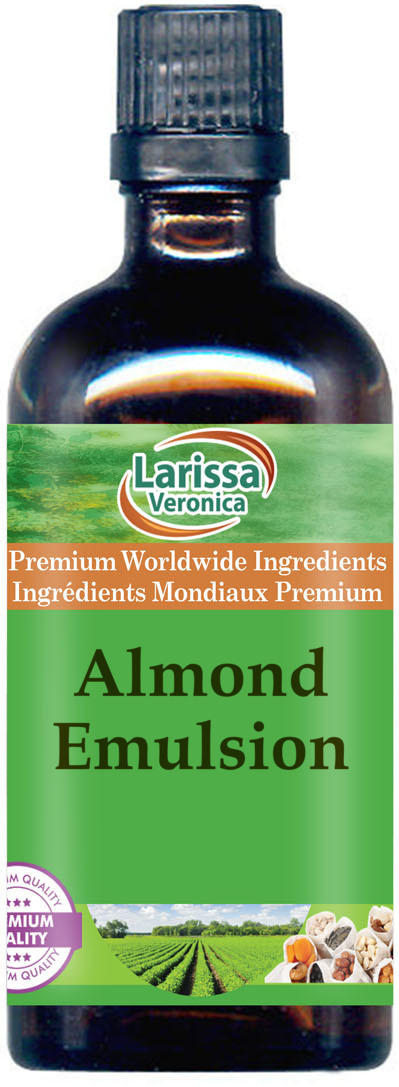

According to one tester, it was “fragrant, nutty, strong, nostalgic-but maybe too powerful and artificial-tasting.” It was too potent for many of the testers, but if you are looking for a strong almond flavor, you may want to consider using an almond emulsion-and perhaps using a bit less than your recipe calls for. Although it’s not technically an “extract,” we were curious to see whether it was better or equivalent to the almond extracts we tested. Almond emulsion is an extremely potent flavoring ingredient in which bitter almond oil is suspended in a mixture of propylene glycol and water, so it doesn’t evaporate while baking. We included one almond emulsion in our taste test: LorAnn’s Bakery Almond Emulsion. $9 at Amazon What about almond emulsions? If you’re looking to lean into an intense almond flavor-especially if you’re making frangipane-we recommend you give this one a try. Two testers described this extract as contributing a flavor that made them feel nostalgic, reminiscent of biscotti or Italian bakery cookies. McCormick’s Imitation Almond Extract, however, was balanced and had a creamy nutty quality that enhanced the flavor of the shortbread we used to test it, but without overpowering the cookie. The pure extracts were either too subtle to be detected or too strong. Most of the artificial almond extracts had a bitter aftertaste, with a cloying sweetness and candied marzipan flavor that didn’t seem natural. To our panelists’ surprise, it was an almond flavor-that is, a synthetic option and not a pure extract-that scored the highest overall during our taste test. (I’m not going to lie: After tasting so many almond extracts, I almost expected myself to drop dead.) The all-around favorite: McCormick Imitation Almond Extract Still, a little goes a long way, and I don’t recommend consuming large quantities of either bitter almond oil or almond extract. In artificial almond extracts, the benzaldehyde is synthesized by a lab.Īlthough prussic acid is lethal, it’s destroyed when cooked, and the amount of oil used in almond extracts is so small that you’d have to drink several bottles in order for it to be truly deadly. Because sweet almonds grown for eating lack this bitter, fragrant compound, true and pure almond extract must be made with bitter almonds. A by-product of this process is benzaldehyde, which is responsible for the strong aroma we associate with almonds and the pits of peaches, apricots, and cherries. The nut contains amygdalin, a toxic compound that defends the plant by generating hydrocyanic acid (otherwise known as prussic acid) when it senses the almond’s kernel is damaged. And fun fact: In adequate quantities, bitter almonds are toxic enough to kill you. Pure almond extract is made with just water, alcohol, and oil from bitter almonds.

And our winner, in fact, was a widely affordable imitation almond extract. While our panel of testers was able to suss out some of the artificial extracts in our taste test, they didn’t detect every one. The most recent Epicurious taste test, however, quickly proved me wrong, and a little research revealed that chemists are actually very good at replicating and synthesizing the flavors we love.


I assumed that cheaper extracts were likely to be synthetic, and therefore a poor representation of whatever flavor I was looking for. I used to think “expensive” meant “better” when it came to almond extract.


 0 kommentar(er)
0 kommentar(er)
